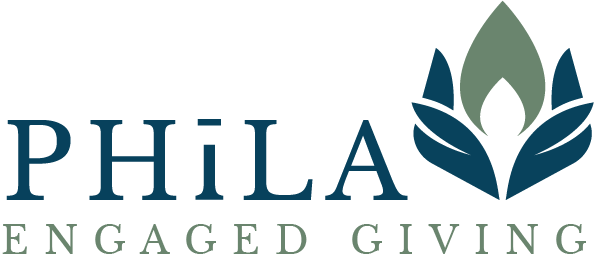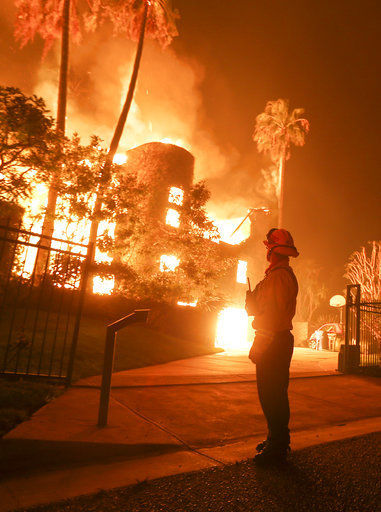When donors think of giving to education, they most often one thinks of K-12 education (including early learning initiatives) and higher ed—the latter being the granddaddy of all philanthropic giving. In 2018, over $45 billion were earmarked to higher-education alone, and much of it went to the investment pools (a.k.a. endowments) of elite universities.
Yet, with the constantly rising cost of education, greater numbers of students are saddled with ever-larger student loans (see Robert Smith’s big bet on relieving student debt), while others are going so far as to question the basic utility of a university education. So, it’s hard to find a place where a savvy donor can “move the needle” in higher ed.
But we are forgetting the corner of the education universe that serves more people and offers the greatest chance for economic stability and social mobility: the two-year technical and community colleges. For many high school and returning students, going to a community college can serve as a buffer before launching into the hyper-competitive world of university admissions, but making that transition is not easy. According to a 2013 report, 81% of first year students want to transfer to a four-year college or university, but after six years, only 12% were successful. Today, the percentage has risen only slightly to 15%.
This post will give you a brief overview of what these schools are doing today to meet the needs of rapidly changing demographics and job markets. Understanding their focus may offer some insight into how directing funding to two-year colleges offers a unique opportunity to bolster resources in an underfunded area of education.
Community colleges are evolving just as quickly as the needs of their students. For starters, they have altered their traditional business model of offering stand-alone associates degrees to offering baccalaureate degrees. Schools in locations that are not served by a nearby four-year college are the ones most likely to do so and the BAs typically serve students who want to become teachers and either cannot afford or cannot travel (or both) to a major college or university. Though such a big change is not without its critics, adapting to address teacher shortages in rural or otherwise underserved areas has become a crucial service of many community colleges.
They have also formalized their relationships with four-year colleges and universities by become official “feeder” schools to partnering institutions. Students who may not have had the initial qualifications to attend or who could not initially afford tuition, can start at the partnering community college and easily transfer credits after two-years while saving on fees.
While the concept of a transfer student is one we’re all familiar with, another trend at community colleges is the reverse transfer students. Some of these “transfers-in” are students who are returning to community college to improve specific job skills after attending four-year colleges. Others either could not sustain tuition payments or did not perform well academically at the four-year college and end up returning to community college to build up enough credits to re-enroll at the four-year school or even get the associates degree they missed out on by transferring out.
Community colleges also make important contributions to higher-education’s mandate to serve the national interest. They have the most diverse student body not just in terms of race (they collectively serve more black and Latino students than their four-year counterparts), but in other demographic segments such as Baby Boomers and Iraq War veterans. Whether students come to retool for a new career or to reintegrate into society as a civilian, community colleges are developing comprehensive programs designed to help an increasingly diverse student body acquire the education and skills it needs to return to the workforce.
For a donor interested in higher education access and creating a wider path to the middle class, these trends are relevant and worthy of consideration. Community colleges tend to serve students with the greatest needs yet receive the least amount of support. Philanthropy is not the only sector to realize the disparity. So far, 19 states have free or debt-free tuition to community colleges and see their success as critical to building a workforce and citizenry ready for a new economy. Your local community college is an important piece of the higher education puzzle that deserves attention.
For more information on the role of community colleges in the higher-education landscape, read The Chronicle of Higher Education’s “Why Community Colleges are Good for You” and The Century Foundation’s importantresearchon how community colleges help create pathways to an aspiring middle class.






